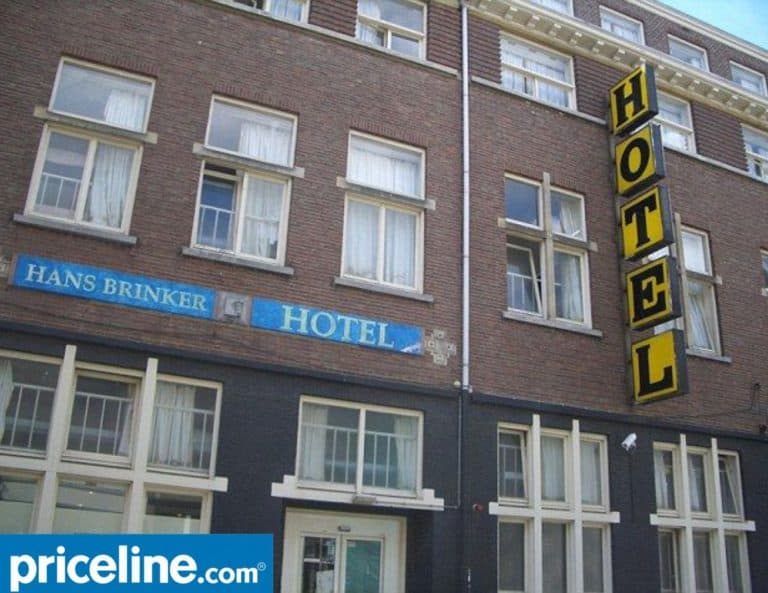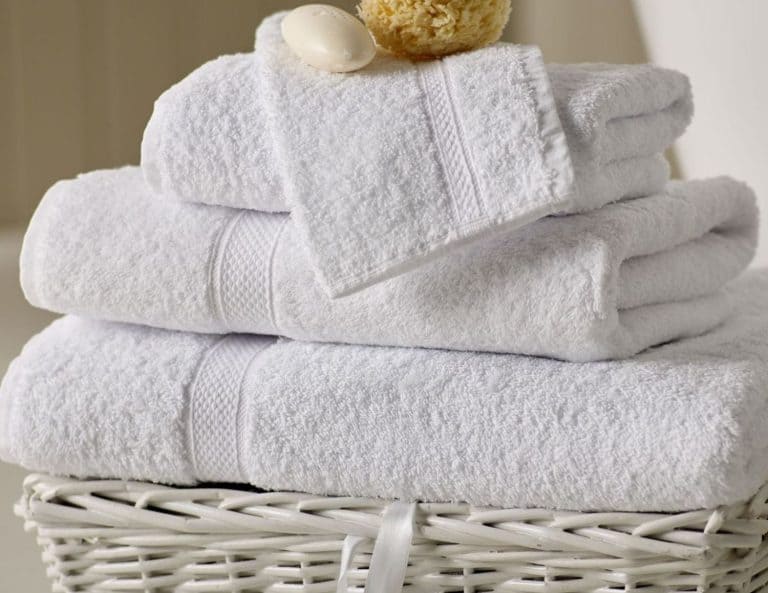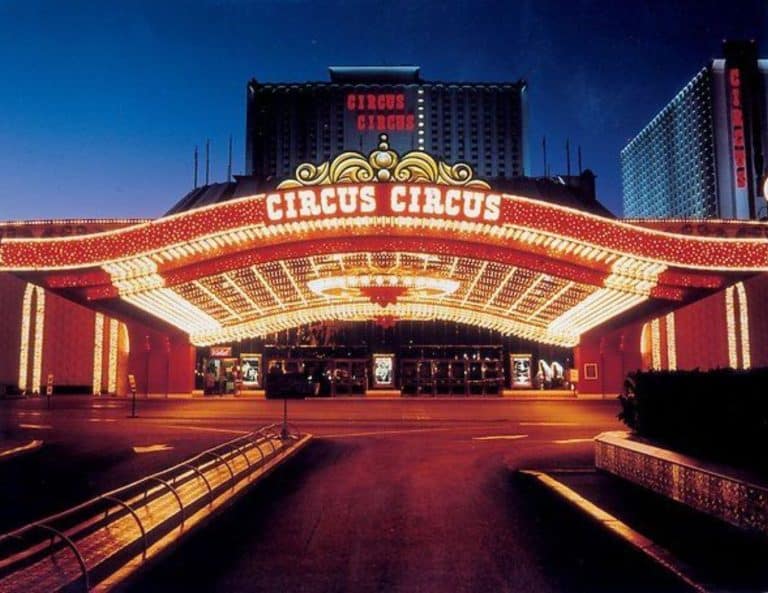Experience the epitome of luxury and breathtaking views at the top floor of a hotel.
If you’re short on time, here’s a quick answer to your question: The top floor of a hotel is called the penthouse.
In this article, we will delve into the world of penthouses, exploring their features, amenities, and the unique experiences they offer.
From exclusive access to private terraces to lavish interiors and unparalleled service, discover why the top floor is the pinnacle of hotel accommodations.
What is a Penthouse?
A penthouse is a luxurious and exclusive living space located on the top floor of a hotel or residential building. It is often associated with opulence, breathtaking views, and high-end amenities. Unlike regular hotel rooms or apartments, penthouses are designed to provide a unique and lavish experience for their occupants.
Defining the Penthouse
A penthouse is typically larger and more spacious than other accommodations in the building. It offers a sense of privacy and seclusion, making it a popular choice for celebrities, wealthy individuals, and those seeking a luxurious getaway. One of the defining features of a penthouse is its location on the highest floor, allowing for panoramic views of the surrounding cityscape or natural landscapes.
Origins and Evolution
The concept of the penthouse dates back to ancient times, with evidence of extravagant top-floor residences found in ancient Rome and Greece. However, the modern penthouse as we know it today emerged in the early 20th century. Initially, penthouses were primarily found in New York City, where affluent residents sought unique living spaces in the growing metropolis.
Over time, the concept of the penthouse spread to other major cities around the world, becoming a symbol of luxury and prestige. Today, penthouses can be found in some of the most iconic buildings and sought-after locations across the globe.
Distinctive Features
Penthouses are known for their luxurious amenities and unique design elements. They often feature spacious living areas, multiple bedrooms, private terraces, and state-of-the-art kitchens. High-end finishes, such as marble floors, custom cabinetry, and designer fixtures, are common in penthouse interiors.
One of the most coveted features of a penthouse is its exclusive access to rooftop facilities, such as swimming pools, gardens, and entertainment areas. These amenities provide a private oasis for penthouse residents to relax and entertain guests while enjoying breathtaking views.
It is important to note that the specific features and amenities of a penthouse can vary depending on the building and location. Some penthouses may even offer additional services, such as personal concierge assistance or access to spa facilities.
For more information on penthouses and their features, you can visit Architectural Digest or Forbes.
Luxurious Amenities
When it comes to the top floor of a hotel, the penthouse experience is all about luxury and indulgence. These exclusive accommodations offer a range of amenities that are designed to make your stay truly unforgettable. From private terraces with panoramic views to spa and wellness facilities, let’s explore the luxurious amenities that await you in a penthouse suite.
Private Terraces and Panoramic Views
One of the most appealing features of a penthouse suite is the private terrace that offers breathtaking panoramic views. Imagine sipping your morning coffee while overlooking the city skyline or enjoying a glass of wine as the sun sets over the ocean. These spacious outdoor areas provide a serene oasis where you can unwind and take in the beauty of your surroundings.
Whether you’re traveling for business or pleasure, having a private terrace allows you to enjoy fresh air and outdoor space without leaving the comfort of your luxurious suite. It’s the perfect setting for a romantic dinner, a morning yoga session, or simply a quiet moment of relaxation.
Spa and Wellness Facilities
Penthouse suites often include access to spa and wellness facilities that are exclusive to guests staying on the top floor. These facilities may include private saunas, steam rooms, hot tubs, or even personal massage therapists. Imagine indulging in a rejuvenating spa treatment without ever leaving your suite.
These wellness amenities not only provide a luxurious experience but also offer the opportunity for ultimate relaxation and self-care. After a long day of exploring the city or attending meetings, you can unwind and pamper yourself in the privacy of your own penthouse suite.
Exclusive Access to VIP Services
Staying in a penthouse suite often means enjoying exclusive access to VIP services. From dedicated concierge services to personalized in-room dining experiences, these accommodations go above and beyond to cater to your every need.
Whether you need assistance with restaurant reservations, theater tickets, or transportation arrangements, the dedicated staff will ensure that your requests are met promptly and efficiently. This level of personalized service adds an extra touch of luxury to your penthouse experience, making you feel like a true VIP.
When it comes to luxurious amenities, penthouse suites offer an unparalleled experience. From private terraces with panoramic views to spa and wellness facilities, along with exclusive access to VIP services, these accommodations provide the perfect setting for a truly indulgent stay. So, why not treat yourself to the penthouse experience and elevate your next hotel stay to new heights?
Unparalleled Privacy
When it comes to privacy, the penthouse experience takes it to a whole new level. Here are some key reasons why:
Separate Entrance and Elevators
One of the most notable features of a penthouse is its separate entrance and elevators. This means that you don’t have to share the same entrance or elevators with other hotel guests. You can enter and exit the penthouse discreetly, without having to worry about bumping into anyone or being seen by others. This level of privacy is perfect for celebrities, high-profile individuals, or anyone who values their solitude.
Enhanced Security Measures
Penthouses often come with enhanced security measures to ensure the utmost privacy and safety. This can include security personnel stationed on the top floor, CCTV surveillance, and advanced access control systems. These measures provide peace of mind, knowing that your privacy is being protected and that you are in a secure environment.
Personalized Service
One of the advantages of staying in a penthouse is the personalized service that comes with it. The hotel staff assigned to the penthouse floor are dedicated solely to catering to the needs of the penthouse guests. This means that you can expect a higher level of attention, prompt service, and personalized assistance throughout your stay. Whether it’s arranging for special requests or providing insider recommendations for the best local experiences, the staff is there to ensure your stay is nothing short of exceptional.
Interior Design and Opulence
When it comes to the top floor of a hotel, the penthouse is the epitome of luxury and opulence. The interior design of a penthouse is meticulously curated to create an atmosphere of elegance and sophistication. From the moment you step inside, you are greeted by a world of lavishness and grandeur.
Elegant Furnishings and Artwork
The furnishings in a penthouse are carefully selected to exude luxury and style. Plush sofas, ornate coffee tables, and exquisite lighting fixtures are just a few examples of the elegant furnishings you can expect to find. The artwork adorning the walls of a penthouse is often curated from esteemed artists, adding a touch of sophistication to the space. Each piece is carefully chosen to complement the overall design aesthetic and create a visually stunning environment.
State-of-the-Art Technology
Modern penthouses are equipped with state-of-the-art technology to enhance the guest experience. From smart home automation systems that control the lighting, temperature, and entertainment, to high-end audiovisual equipment, every aspect of the penthouse is designed to provide the utmost convenience and comfort. Imagine controlling the entire room with just a touch of a button or enjoying your favorite movie on a state-of-the-art home theater system – the possibilities are endless.
Luxury Bathrooms and Bedrooms
The bathrooms and bedrooms in a penthouse are nothing short of extraordinary. Luxury is taken to a whole new level with spacious marble bathrooms featuring Jacuzzi tubs, rain showers, and high-end toiletries. The bedrooms are havens of tranquility, with plush bedding, premium mattresses, and panoramic views. Waking up in a penthouse bedroom feels like a dream come true, as you are greeted by breathtaking vistas and the ultimate in comfort.
For more information on penthouse design and luxury hotel experiences, you can visit Leading Hotels of the World, a website that showcases some of the most luxurious hotels and resorts worldwide.
Exquisite Dining and Entertainment
Private Chef and Dining Experiences
When it comes to the top floor of a hotel, the penthouse experience is all about luxury and indulgence. One of the highlights is the opportunity to have a private chef cater to your culinary desires. Imagine having a world-class chef create a personalized menu just for you and your guests, right in the comfort of your own penthouse. Whether you have specific dietary preferences or simply want to try a variety of delicious dishes, a private chef can turn your dining experience into a truly memorable one.
These private dining experiences often include a range of options, from intimate dinners for two to larger gatherings with family and friends. The chef will work closely with you to create a menu that suits your preferences, taking into account any dietary restrictions or allergies. With their expertise and creativity, they can transform a simple meal into a culinary masterpiece, leaving you and your guests in awe of their skills.
Home Theater and Entertainment Systems
Another enticing aspect of the penthouse experience is the availability of state-of-the-art home theater and entertainment systems. Imagine having a private cinema right in your penthouse, complete with a high-definition projector, surround sound, and comfortable seating. Whether you want to enjoy a new release or revisit a classic film, the penthouse’s home theater allows you to immerse yourself in the cinematic experience without ever leaving your luxurious abode.
Not only can you watch movies in style, but you can also enjoy your favorite TV shows, sporting events, or even live performances from the comfort of your own penthouse. With streaming services and access to premium channels, the entertainment possibilities are endless. Gather your friends or family, grab some popcorn, and get ready for a night of unforgettable entertainment.
In-Room Bars and Lounge Areas
No penthouse experience is complete without a well-stocked in-room bar and lounge area. Picture yourself sipping on a perfectly crafted cocktail as you take in breathtaking views of the city skyline or the ocean. Whether you prefer classic cocktails, fine wines, or premium spirits, the in-room bar provides you with a wide selection to choose from.
In addition to the bar, many penthouses also feature a dedicated lounge area where you can relax and unwind. Sink into plush sofas or recliners, enjoy the warm ambiance of a fireplace, and let the stress of the day melt away. This private oasis provides the perfect setting for intimate conversations, evening drinks, or simply enjoying a good book.
Conclusion
In conclusion, the top floor of a hotel, known as the penthouse, offers a world of luxury and exclusivity.
With its stunning views, opulent amenities, personalized services, and unmatched privacy, the penthouse experience is truly unforgettable.
Whether you’re celebrating a special occasion or simply seeking the ultimate indulgence, a stay on the top floor will leave you with lasting memories.
So, why not elevate your next hotel stay and experience the pinnacle of hospitality in a penthouse?






